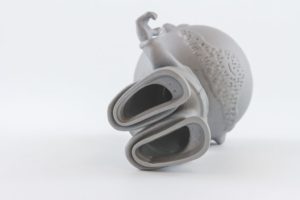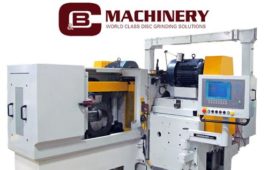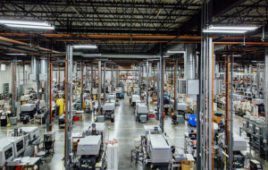Several 3D printing and additive technologies, such as the powder bed and stereolithograpy technologies, primarily build solid objects. The benefits of solid objects are that they are usually strong and resistant to breakage. But they are also costly because of the amount of material used to build them. Another potential drawback is that excess material trapped inside the printed object could deform it.
In some cases, fully dense, solid parts are not needed for the intended function. There are ways to alter a design so that it is not solid. Not only will less solid parts save money on material usage, they will also be built faster, allowing designers to iterate their designs more quickly.
One of the techniques used to create non-solid parts is hollowing. Hollowing is simply adding escape holes in the design to enable any trapped powder or resin to leave the built object. In some cases, inconspicuous holes can simply be thin indentations that will be eliminated by pressurized air, for example, during post processing, allowing trapped build material to leave.
Multiple 3D printing vendors offer software tools that will help you create holes to enable hollowing. One way to use 3D modeling software to include holes is to select a surface and extrude it inward. This action creates a void on the part’s inside.
The number of holes chosen and their size will depend on the 3D printing material and the size of the object. Some service providers recommend holes be at least 5 mm in diameter and that you have at least 2 of them.
Where you place them will depend on the shape and purpose of the object. Consider whether the purpose of the object is decorative or functional, for example. Recommendations are to place holes on surfaces that will not be very visible, and place them some distance apart from each other.
Consider the wall thickness of the printed part as you contemplate hollowing. While hollowing offers cost savings, some materials deliver a better print with a specific wall thickness. Wall thickness directly influences the strength of your print. If there are no internal structures or scaffolding within the hollow print, a thin outer shell makes some designs fragile.
One consideration is to include lattices to strengthen hollow objects. Crosshatch sections, for example, add strength to the whole structure while keeping costs controlled. Another option is to use an epoxy or binding material on the printed part to add strength.
Service providers will also offer suggestions on how to hollow a part.







Tell Us What You Think!